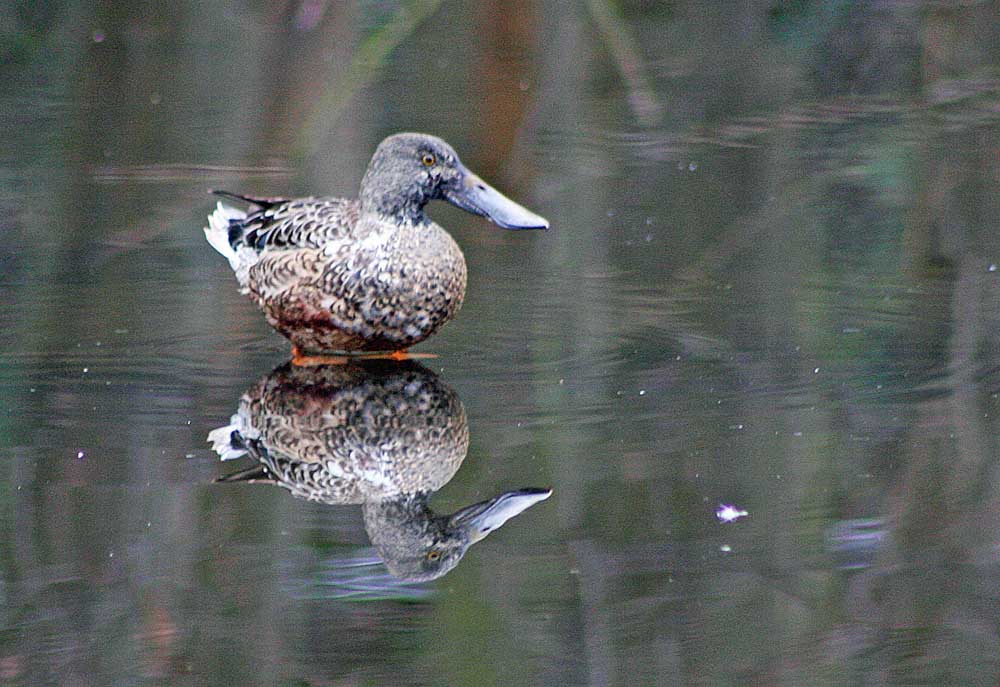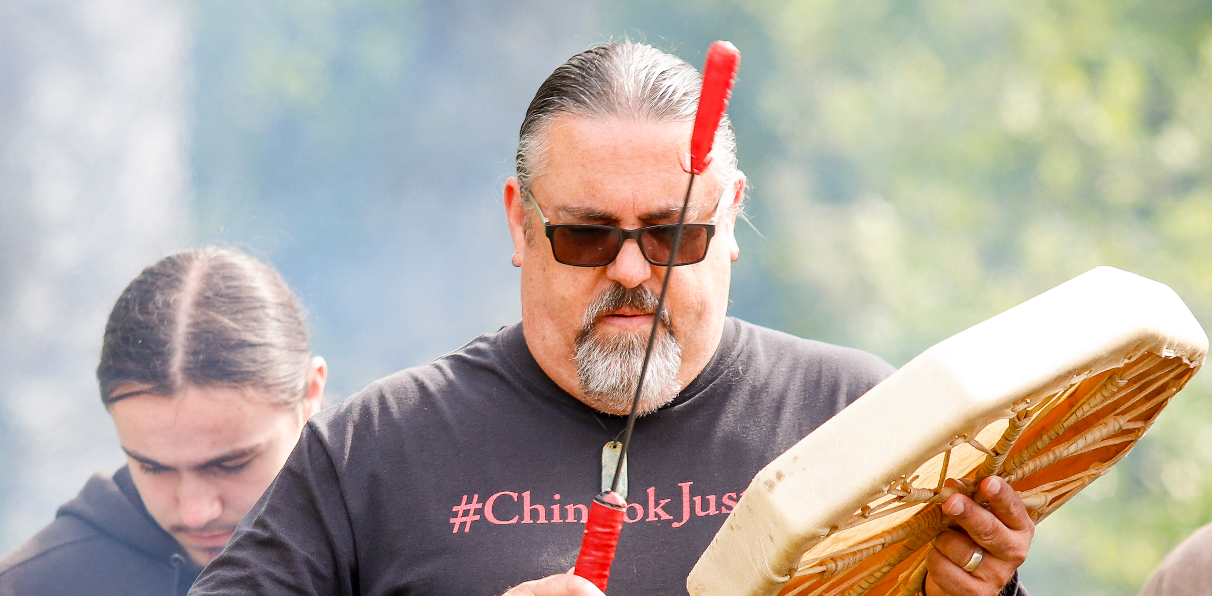Birdwatching: The northern shoveller is a most distinctive duck
Published 10:35 am Tuesday, May 17, 2016

- Northern shoveller females, though not as colorful as males, are nevertheless very distinctive looking.
What could possibly make one duck more distinctive than another? Well, in this case it is the northern shoveller’s bill. Cornell’s ornithology research lab suggests that it is the “most outwardly distinctive of the dabbling ducks.” The bill is long at about 2-1/2 inches. It is elongated and spoon-shaped with comb-like projections along the edges, which it uses to strain crustaceans and other invertebrates from the water.
Trending
The shoveller is a medium-sized duck. The male is stunning with his glossy green head, yellow eye, white chest and rufous belly. The female looks similar to the female mallard, but the female shoveller’s bill shape is unique. The bill is generally olive-green with a yellowish-orange base and edges. She has brown eyes and is grayish overall.
Northern shovellers are monogamous. They stay together longer than most other dabbling ducks, such as mallards and teal. They nest in short vegetation near water. In general, you will often find them in small flocks in weedy or grassy ponds. Wetlands like those in the Tarlatt unit provide good habitat for northern shovellers on their migration.
The shoveller is a dabbling duck, and as such it swims along with its bill in the water. Like other dabblers, it does upend itself on occasion but not as often as other dabblers. In addition to invertebrates, the shoveller also eats seeds.
Trending
In the last few years, according to e-bird records, northern shovellers have been reported in the Willapa National Wildlife Refuge and elsewhere on the Peninsula, such as Cape D and Loomis Lake. The northern shoveller is not a permanent resident in our area. It is not a nesting species so it is generally seen in spring, fall and winter. It is considered uncommon in our area, but you should see one especially now with spring migration in full swing. Try scanning the ducks on the ponds, and look for the unusual shaped shovel-like bill of the northern shoveller. It is a duck, most distinctive!









